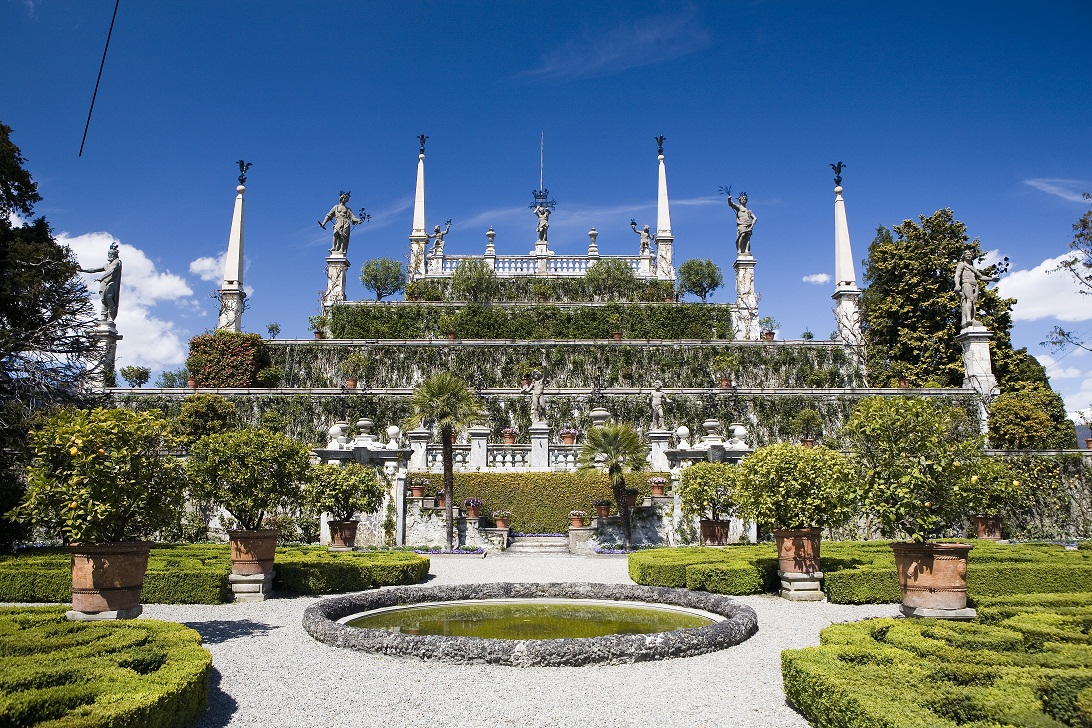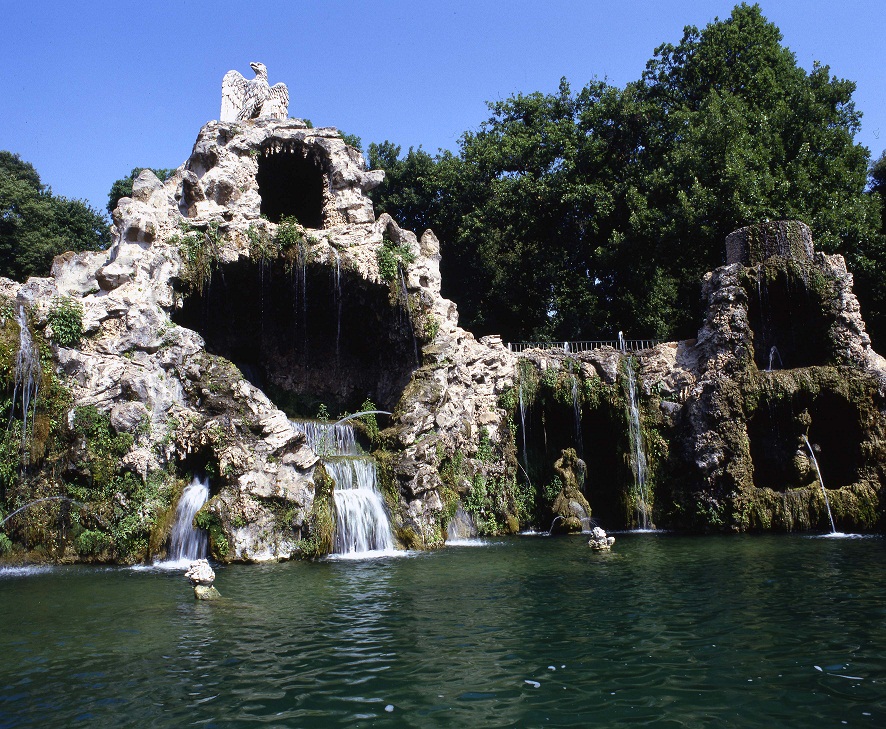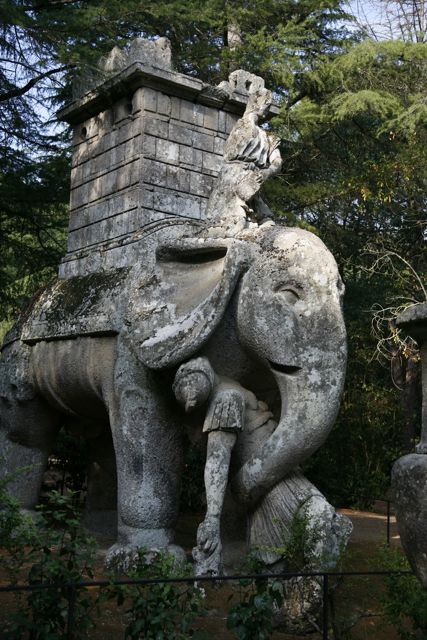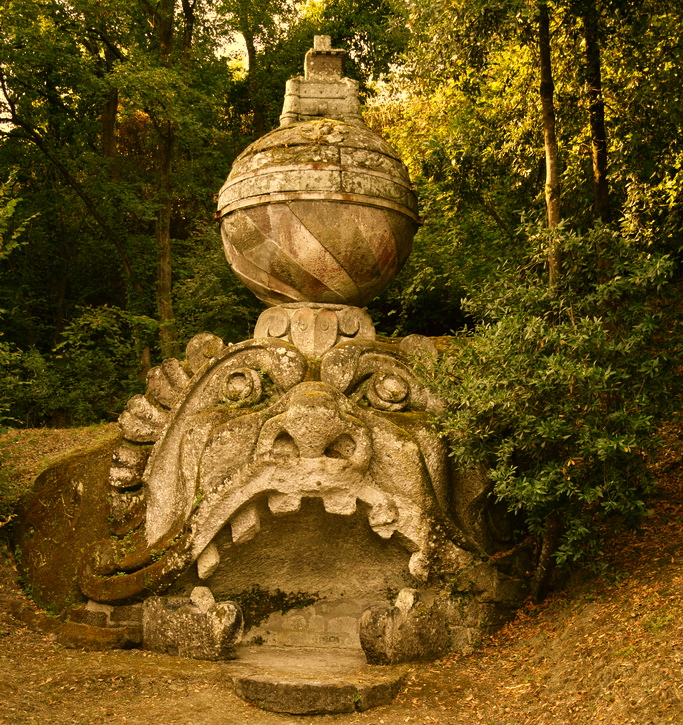Italian Gardens

6 May 2016 - Sofya Yunusova
Italy, the land of seas and mountains is famous throughout the world for another priceless jewel: its stunning gardens. The history of the Italian Gardens begins in the 15th century with the villas of the nobility who wanted to make the external spaces around their villas as beautiful as the interiors, and so they began to pay particular attention to the arrangement of trees and plants. Laid out on one or more levels and embellished with hanging gardens, grottoes and elaborate fountains, the Italian Garden has come to represent a model of the perfect marriage between nature and architecture.
The first garden that springs to mind when we speak about architectonic perfection and natural beauty is the garden of Isola Bella. Set in the captivating context of Lake Maggiore, the garden unfolds with a series of parterres and terraces of different heights and is decorated with statues, obelisks and imposing stone stairways, creating a luxurious baroque setting aimed at symbolising the power and good taste of the Borromeo family. To enjoy the unique experience of this enchanted location simply take a walk along the pathways of the garden, surrounded by rare species of plants and animals, including white peacocks, against the stunning backdrop of the sparkling blue expanse of the lake and the perfect forms of Pallazzo Borromeo (XVII century).
Another historic garden that must be seen is the famous Boboli Garden in Florence, the garden of the Pitti Palace, home to the grand Dukes of Tuscany, and former residence of many notable families such as the Medici, the house of Lorraine and the house of Savoy. It is one of the most important examples of the Italian Garden, decorated with precious sculptures; it can compete with the finest museums in the world. When you visit the gardens it is impossible not to be captivated by the symmetry of its gravel avenues which bring you to fountains, lakes and temples of various styles and dimensions, all tinged with the undying spirit of the past. You can admire views over the gardens and the whole of Florence from high up on the panoramic terrace of the Kaffeehaus, a delicious example of Viennese rococo.
The next compulsory stop for garden lovers must be at Villa d’Este at Tivoli, a UNESCO world Heritage site. The garden is a perfect example of Renaissance culture and is one of the first “gardens of marvels” in Europe. You will be enchanted by the Bicchierone fountain, the Pegasus Fountain and the magnificent composition of the “100 fountains”, a 100 metres long tree-lined avenue, lined by two levels of fountains, one above the other, and a third, made up of sculptures and obelisks, spewing out arches of gushing water – a simply stunning visual effect.
Another “must” is to be found at the heart of the smallest state in the world, Vatican City. The garden occupies nearly half of its total area: 23 hectares out of a total of 44. It was created in 1279 on the wishes of Pope Nicholas III who moved the papal residence from the Lateran Palace to the Vatican. The gardens are a place of rest and meditation for pontiffs and can be visited with a guide. Within this unique green oasis you can admire precious sculptures and architectural features, as well as plants and flowers coming from all over the world. The garden is made up of various areas and houses, some of the offices of the Papal State including the Palazzo del Governatorato, the Tribunal and the offices of Radio Vatican. It is also possible to see the Pope’s vegetable garden which provides fruit and vegetables for the pontiff ( which are of course 100% organic).
And finally how can we discuss Italian gardens without mentioning the Sacred Wood of Bomarzo, the Parco dei Mostri (Garden of monsters), located in the province of Viterbo. As it name suggests it is an eccentric place. It was created by Prince Pier Francesco Orsini and was inaugurated in 1547. The Sacred Wood includes a number of large basalt sculptures depicting divinities, monsters and mythological animals. Everything is done to surprise and confound the visitor, starting from the mysterious inscriptions on the monuments to the highly bizarre architecture that includes a leaning house and giant sculptures of elephants, dragons, ogres and turtles.
















